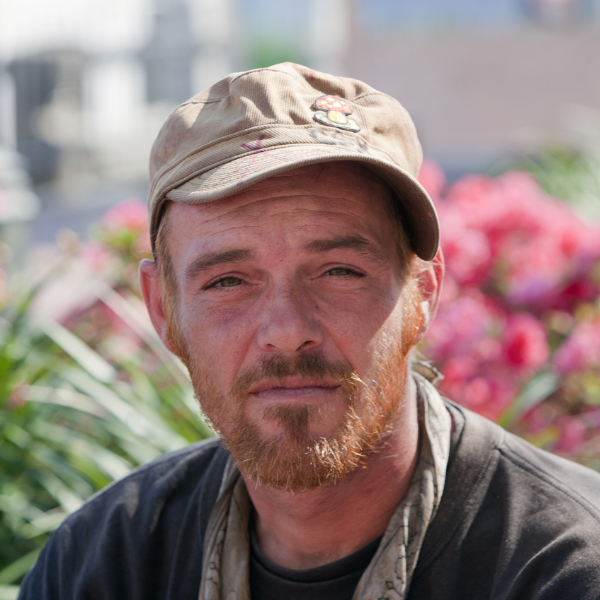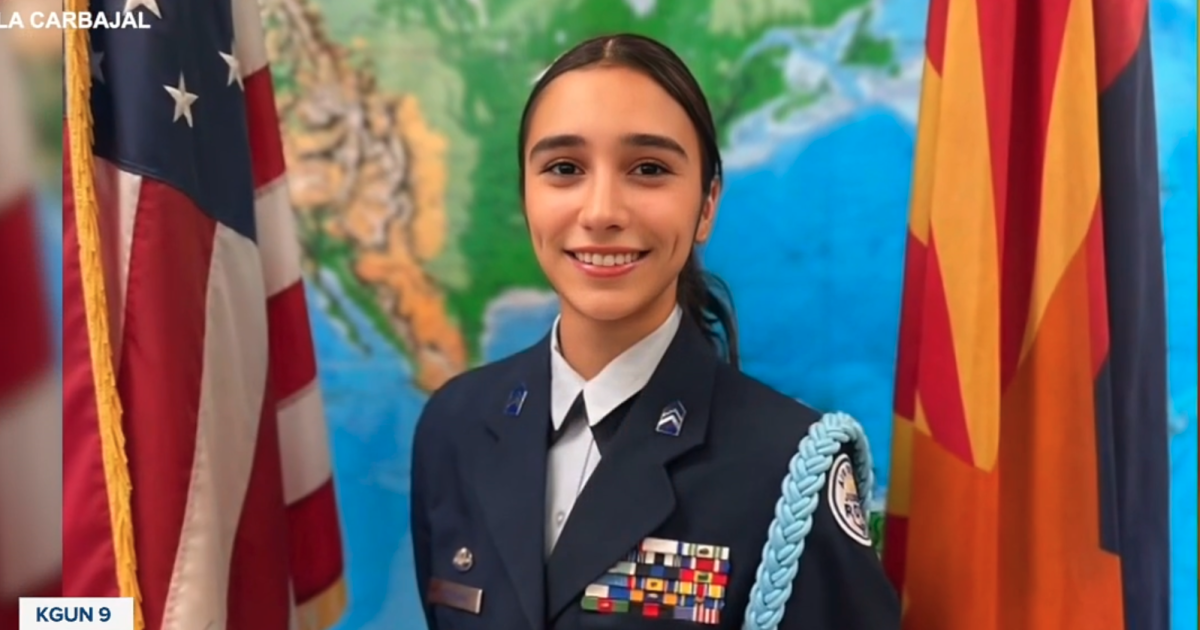Abstract
Maricopa County's Hand in Hand program leverages partnerships with nonprofits and smaller jurisdictions to address homelessness. At the micro level, the effort provides street outreach services and financial support to reduce and prevent homelessness in each community. At the macro level, the effort focuses on providing expertise, capacity building, and partnerships at the local level to effectively address the problem in communities with limited resources. Many communities respond to homelessness too late and are starting from a deficit by the time investments begin. Effective preparation and planning can improve coordination of services and geographic coverage to mitigate the causes and conditions of homelessness. Maricopa County Human Services considers it a priority to help build capacity, expertise, integration, and structure in small communities to reduce and prevent homelessness before it worsens.
The problem or need that the program solves
The primary issue to be addressed is homelessness. Maricopa County has seen a more than 14% increase in homelessness since 2017, totaling more than 9,642 homeless individuals. As homelessness disperses from central areas, smaller communities and unincorporated areas are seeing an increase in homelessness. This, combined with rising rents, increased evictions, and inflation, will only worsen the problem if no intervention is done.
Program Description
The Hand in Hand program has been running for over two years and was revised last year to develop more structured partnerships with jurisdictions and adapt the service model based on lessons learned. Service areas include:
- Unincorporated areas: Sun City, Sun City West, Waddell, Whitman, and other select areas within the West Valley.
- Urban county communities and select jurisdictions: Buckeye, El Mirage, Goodyear, Tolleson, Youngtown, Avondale, Peoria, Surprise, Gilbert, Queen Creek, Scottsdale and Guadalupe.
The Hand in Hand program includes four main services: community engagement, management, street outreach and financial assistance.
Community Engagement: The Hand in Hand initiative has a dedicated coordinator role responsible for strengthening coordination to rapidly and effectively respond to homelessness issues (encampments, rough sleepers, etc.) in the target areas. This role will be focused on establishing strong relationships with key stakeholders in each target city to strengthen efficient coordination for clients experiencing homelessness, develop procedures, and develop and share data.
Administration: The County provides this service and offers jurisdictions the option to pay the County for the administration and expansion of the program. Jurisdictions can contract with the County and the County pays for the administration of the effort through procurement, contract administration, technical assistance, etc. Currently, the County has received over $60,000 from partners to expand Hand in Hand efforts in their communities.
Street Outreach: The Outreach Team works with key stakeholders and community coordinators to quickly and effectively respond to needs related to clients sleeping outdoors. The Outreach Team is responsible for locating people experiencing homelessness, providing case management services to connect them to shelters and other needed resources, and providing transportation to clients to needed services.
Financial Assistance: This activity involves providing one-time financial assistance to eligible clients to obtain or maintain housing. It is primarily focused on helping people at risk of eviction remain housed.
Responding to the economic downturn
The Hand in Hand program leverages a model that helps scale investments to impact as many people as possible. Through this initiative, the county invests in local activities, which are complemented by communities that want to participate. Smaller communities often don’t have the capacity or resources to fully fund homeless-related personnel and activities. So the county acted as a lead investor to fund a base level program and identified an opportunity for smaller communities to invest in strengthening it. While $15,000 is typically not enough to hire staff, adding that amount to funding from the county and other municipalities gives them the flexibility to leverage funds that can build outreach teams and support communities. In a time when every dollar needs to be allocated strategically, this program highlights a model to do it effectively.
Advancing diversity, equity and inclusion
Homelessness disproportionately impacts people of color and low-income individuals. Despite numerous barriers, including limited access to services in downtown Phoenix, our program seeks to improve outcomes for homeless people by extending outreach to areas currently lacking such services. Hand in Hand establishes a critical link connecting people to housing pathways and case management services, ensuring safe, stable housing and equitable opportunities. Hand in Hand removes barriers faced by marginalized communities, providing essential access to resources individuals need to reach their full potential. As a key component of the County’s commitment to diversity, equity, and inclusion, the program contributes to creating a more equitable future for all.
Program Fee
The Hand in Hand Street Outreach program operates on an annual budget of $729,390. These operating funds are supplemented through municipal partnerships totaling $65,000. This budget comprehensively covers all program costs, including costs associated with outreach workers, case management services, and transportation for both workers and clients.
Other counties looking to replicate this program have several factors to consider. First, they must decide whether to outsource operations, fully manage the program using county resources, or a combination of both. Operating costs include salaries for outreach workers and support staff, as well as supplies and transportation. Additionally, counties must evaluate the costs of developing a referral structure, establishing relationships with community stakeholders, and ensuring the delivery of culturally competent services.
Implementing a case management system and providing clients with access to a range of health and social services are also important considerations. Finally, ongoing evaluation and monitoring are essential to ensure that the program achieves its intended outcomes and effectively meets the needs of program participants.
Program Results/Success
The program has established IGAs with two municipalities and plans to expand to more in the coming months as the model generates resources and results. Partnerships are being built in each region, care coordination meetings are being held regularly, and regional procedures are being developed to better coordinate services across city boundaries. The program highlights the importance of a regional approach.
The Hand in Hand program serves East and West Valley residents experiencing or at risk of homelessness through outreach services by mitigating crisis, assisting with redirection, and connecting individuals to long-term prevention and chronic disease care management. The program is designed to support efforts in smaller communities that are underserved to provide effective street outreach, helping transform neighborhoods by conducting outreach in public locations such as riverbeds, canals, and watersheds where people experiencing homelessness typically live.
Since July 2023, the Hand in Hand program has successfully enrolled over 162 homeless people with over 561 unique contacts. 59% of people enrolled in the program have transitioned into positive housing destinations, including permanent supportive or transitional housing, assisted living housing, and substance use facilities.
While the success of Maricopa County's Hand in Hand program can be measured quantitatively by the number of individuals connected to essential services and positive housing outcomes, the qualitative aspect of improving overall quality of life must also be considered. By providing access to housing, food, benefit programs, mental and physical health services, substance use treatment, case management, transportation, employment and long-term care, the program has not only transformed individuals' lives, it has also reached communities that may otherwise be underserved.







